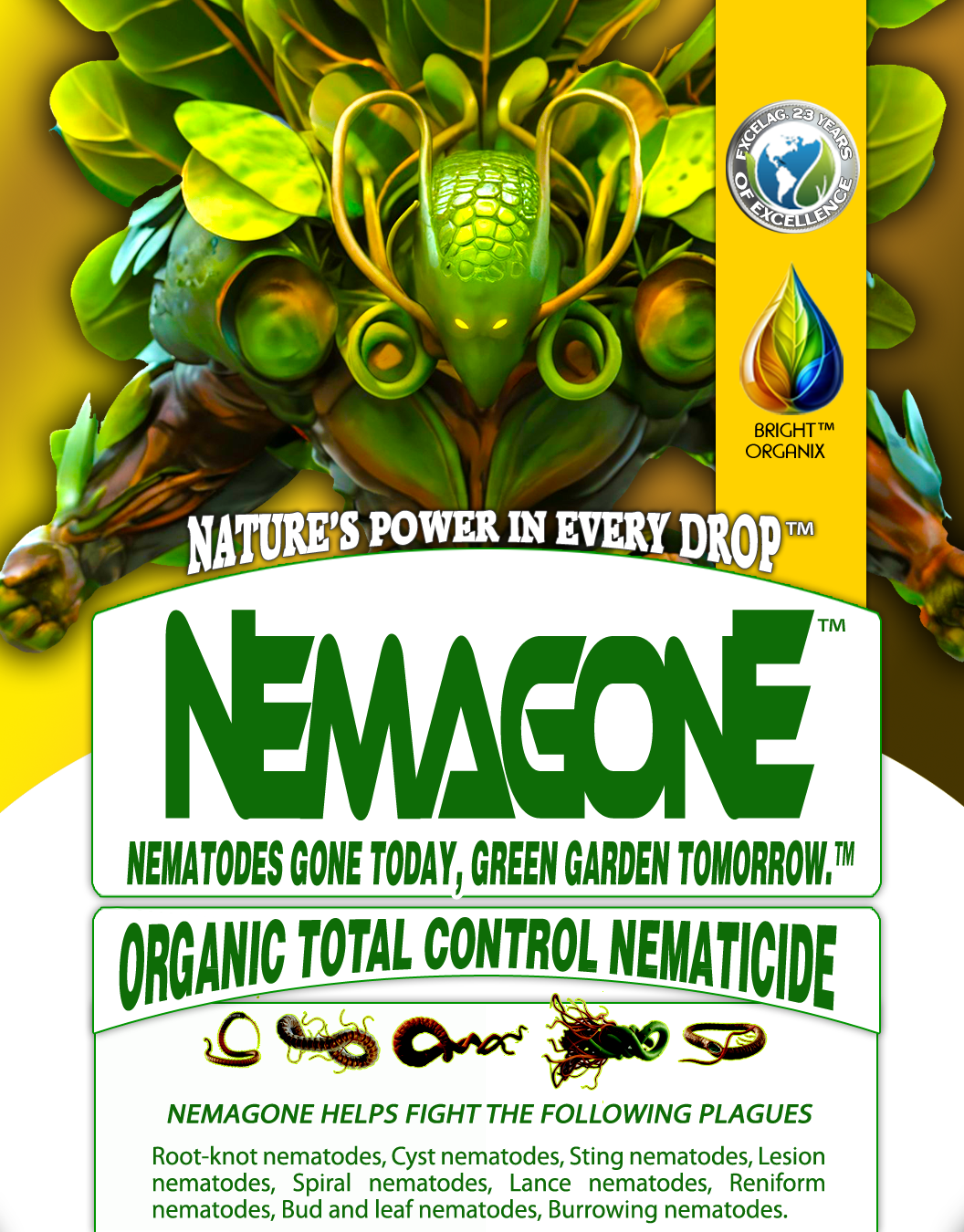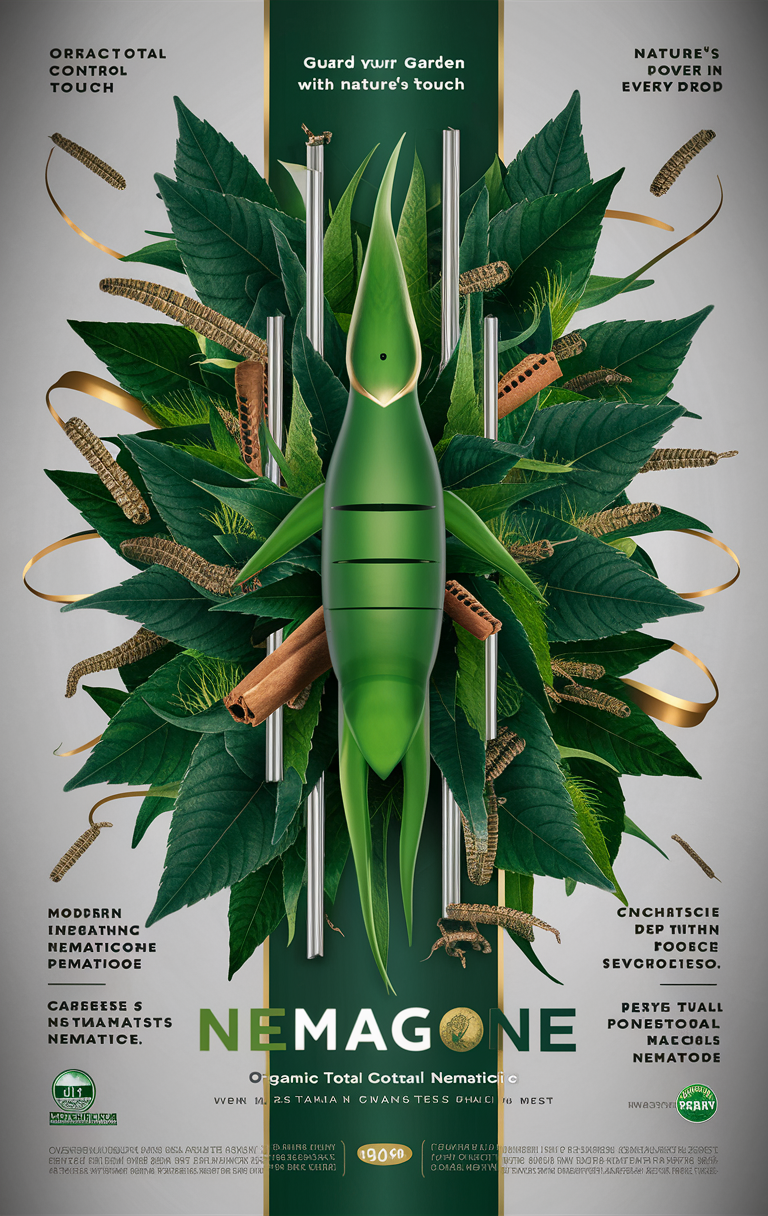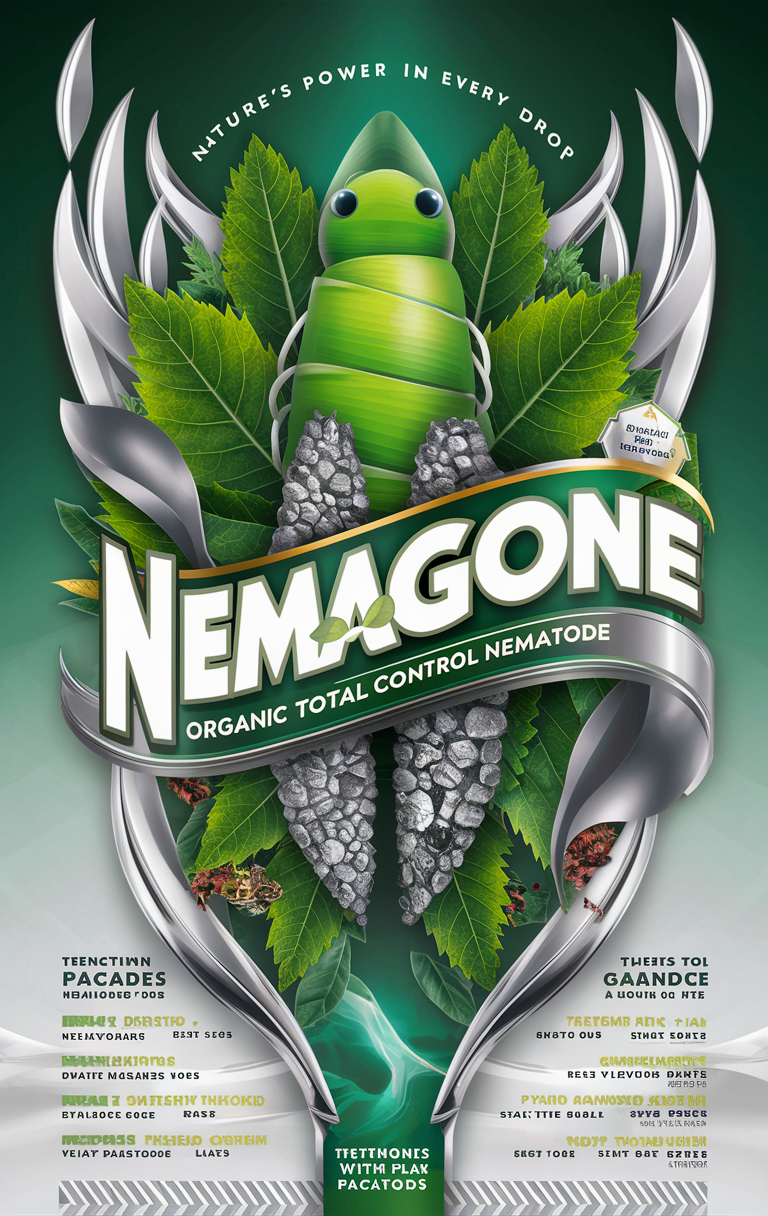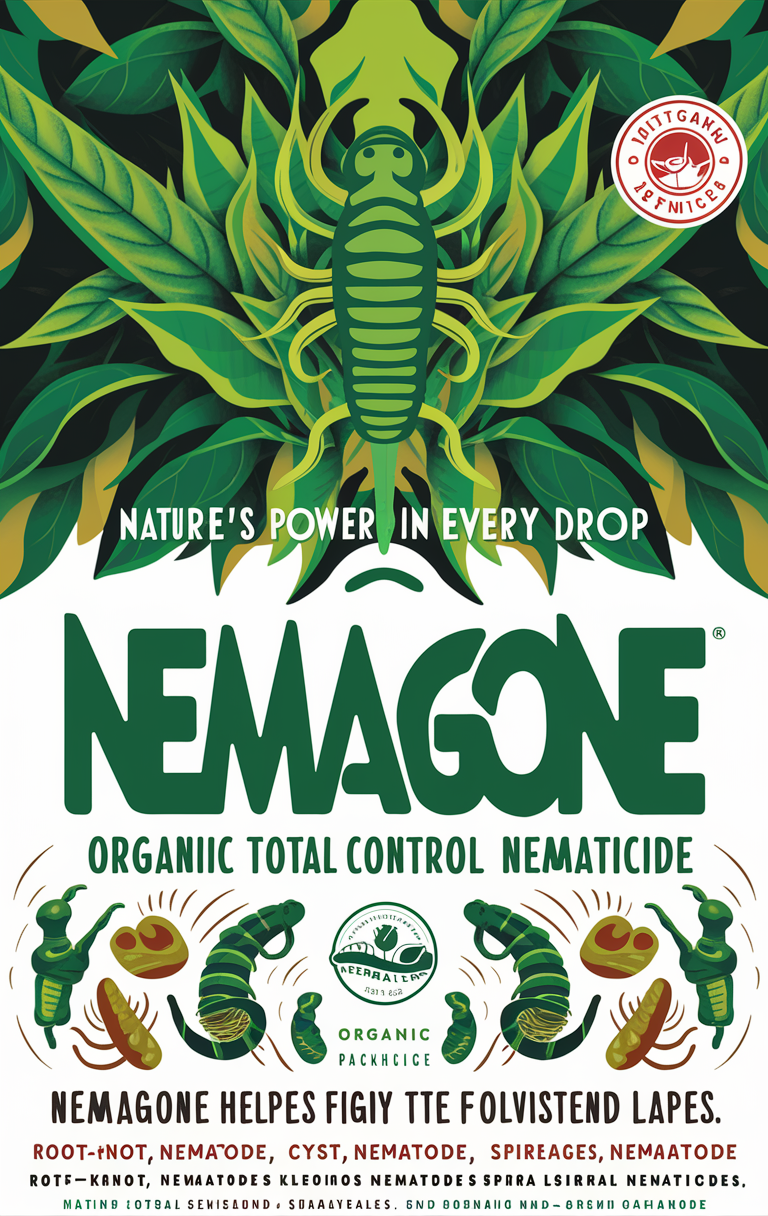Whiteflies
BIO-GENESIS
Category: Pest
Description: Small, winged insects that feed on plant sap, weakening the host plants. They excrete honeydew, leading to sooty mold growth which can further damage the plant.
**Whiteflies** are classified as pests. Here is detailed information about them:
– **Category**: Pest
– **Description**: Whiteflies are small, winged insects that belong to the family Aleyrodidae. They are typically 1-2 mm in length and are covered with a white, powdery wax, which gives them their name. Whiteflies are closely related to aphids and scales. They feed on the sap of plants using their piercing-sucking mouthparts. Common species include the greenhouse whitefly (Trialeurodes vaporariorum) and the silverleaf whitefly (Bemisia tabaci).
– **Habitat**: Whiteflies thrive in warm climates and are commonly found on the undersides of leaves in both outdoor and indoor environments, including greenhouses. They infest a wide variety of plants, including vegetables, fruits, ornamentals, and houseplants.
– **Impact**: Whiteflies cause significant damage to plants and can be vectors of plant diseases:
– **Direct Damage**: Whiteflies feed on plant sap, which weakens the plant and causes yellowing, wilting, and stunted growth. Severe infestations can lead to leaf drop and reduced plant vigor.
– **Honeydew and Sooty Mold**: As they feed, whiteflies excrete a sticky substance called honeydew, which can coat leaves and fruit. This promotes the growth of sooty mold, a black fungus that can further reduce photosynthesis and affect plant health.
– **Disease Transmission**: Whiteflies are known vectors for several plant viruses, including the tomato yellow leaf curl virus and the cucurbit yellow stunting disorder virus. These viruses can cause significant crop losses.
– **Control Methods**: Effective management of whiteflies involves cultural practices, biological control, and chemical treatments:
– **Cultural Practices**:
– **Monitoring**: Regularly inspect plants for early signs of whitefly infestation. Use yellow sticky traps to monitor adult whitefly populations.
– **Sanitation**: Remove and destroy infested plant parts and weeds that can harbor whiteflies. Keep the growing area clean to reduce potential breeding sites.
– **Water Management**: Avoid water stress and ensure proper irrigation to maintain plant health, making them less susceptible to whitefly infestations.
– **Biological Control**:
– **Natural Enemies**: Introduce or encourage natural predators and parasitoids of whiteflies, such as lady beetles (Delphastus pusillus), lacewing larvae (Chrysoperla spp.), and parasitic wasps (Encarsia formosa and Eretmocerus spp.).
– **Beneficial Fungi**: Use entomopathogenic fungi like Beauveria bassiana and Paecilomyces fumosoroseus, which can infect and kill whiteflies.
– **Chemical Control**:
– **Insecticidal Soaps and Oils**: Apply insecticidal soaps or horticultural oils to the undersides of leaves to smother and kill whiteflies and their eggs.
– **Systemic Insecticides**: Use systemic insecticides that are absorbed by the plant and provide longer-lasting control. Follow label instructions to minimize impact on beneficial insects and the environment.
– **Resistance Management**: Rotate different classes of insecticides to prevent the development of resistance in whitefly populations.
In summary, **whiteflies** are significant pests that cause direct damage to plants, promote the growth of sooty mold through their honeydew excretion, and act as vectors for plant viruses. Effective management requires an integrated approach that includes cultural practices, biological control, and chemical treatments to reduce whitefly populations and minimize their impact on plant health and productivity.
-
NemaGone Organic Total Control Nematicide is a comprehensive solution for nematode management. It offers a safe, effective, and environmentally friendly approach. By using this product, you protect your crops and support sustainable farming. Its natural ingredients ensure that your produce remains healthy and safe. Additionally, it is easy to apply and compatible with most agricultural practices. Therefore, it is an ideal choice for both small and large-scale farmers. Choose NemaGone for reliable and holistic nematode control. Experience the benefits of organic pest management today.
Application and Usage: To use NemaGone Organic Total Control Nematicide, apply it directly to the affected areas. It is important to follow the recommended dosage for optimal results. Additionally, ensure that the soil is adequately moist for better absorption. Consequently, the nematicide penetrates the nematode cells effectively. Moreover, regular applications every 4-7 days are advisable. This frequency helps maintain control over nematode populations. Furthermore, pH-corrected spray water enhances the product’s efficacy. Always shake the product well before use to ensure even distribution. Finally, do not store diluted solutions to maintain potency
Size : 1 Gal RTU - 32oz RTU - 16oz CTU





